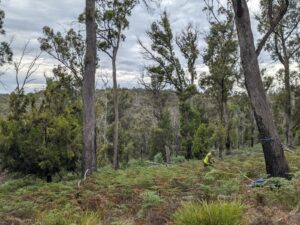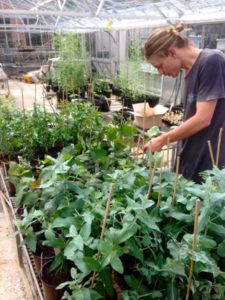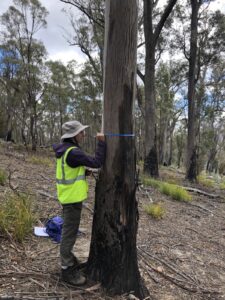The role of drought tolerance in mediating tree ranges in temperate Australian forests
Project Summary
As climate change increasingly alters our natural environments, many organisms will need to shift their distribution and/or ranges in order to persist into the future. Animals can move easily among habitat patches or change their migration distances and directions in response to weather conditions within seasons. Plants and other sessile organisms face increasingly harsh conditions in situ and can only respond by shifting their ranges over multiple generations. Given the time it takes for forests and other plant communities to move in response to a changing environment, a major question in climate change research is whether plant species will be able to move sufficiently fast and in the right directions under climate change projections for the future.
An important step in fully understanding how and in what ways plant species are likely to shift their ranges in response to climate change is to understand what factors control range limits in general. Tree range limits in cold areas have been well linked to a trade-off between growth rate and freezing tolerance. The factors that determine range limits in hot and dry areas, however, are less well understood. It is often assumed that a similar trade-off between growth and drought tolerance is important for determining range limits in hot and arid regions but this assumption has not been well fully tested.
We are using experimental and observational studies of Australian forest systems in Tasmania to help determine if there is evidence for a drought tolerance/growth trade-off in temperate forests and whether this trade-off correlates with the probability of drought across our study region.
Project Collaborators
Margie Mayfield
University of Melbourne
Mark Hovenden
University of Tasmania
Post-graduate students
 Eucalyptus trees in temperate forests of Tasmania, Australia |
 |
 |